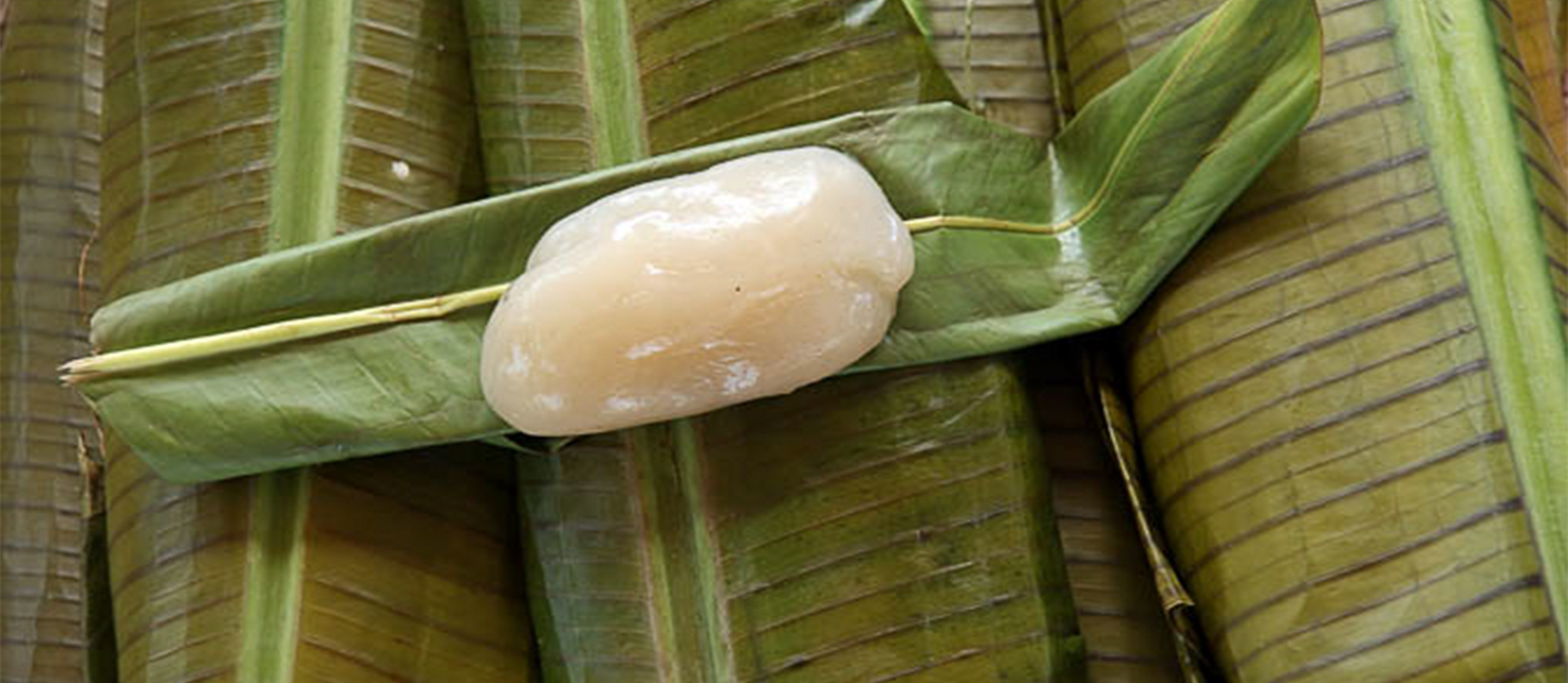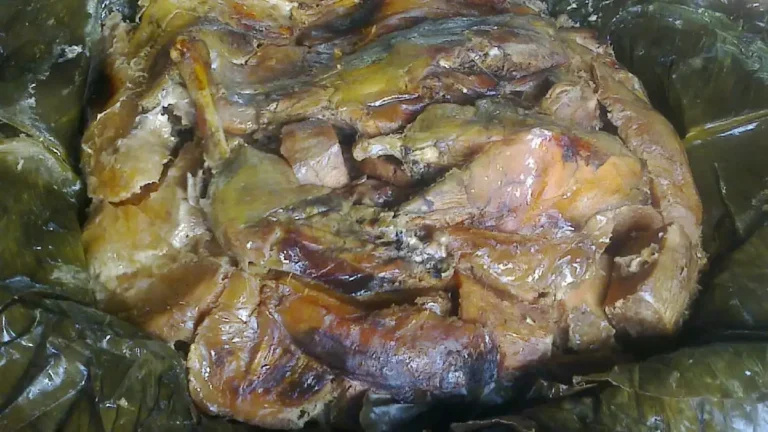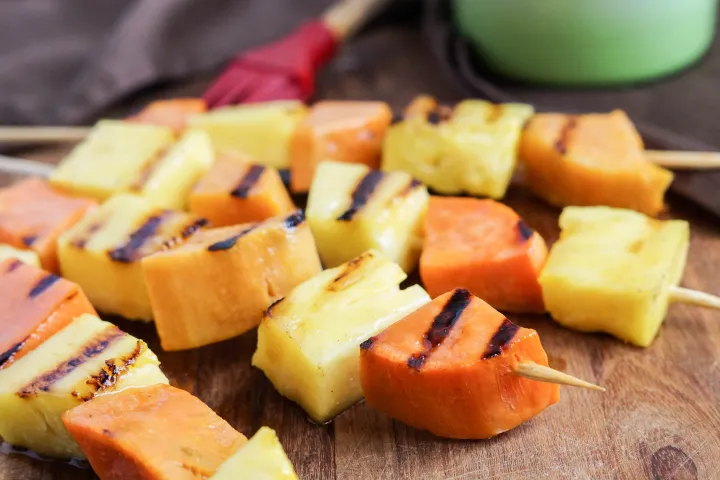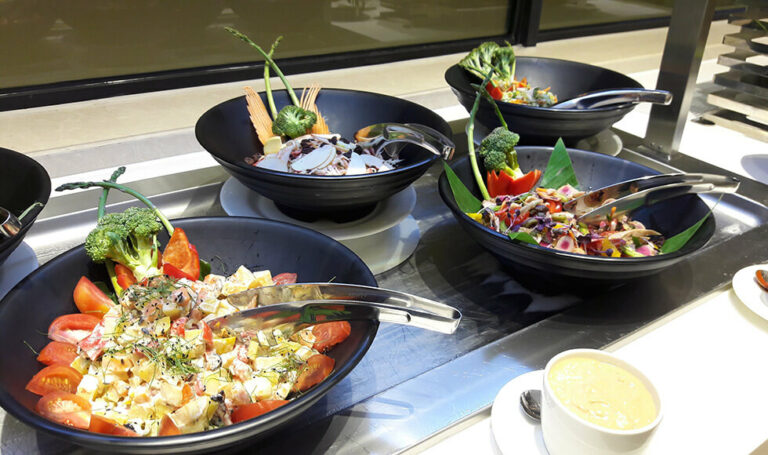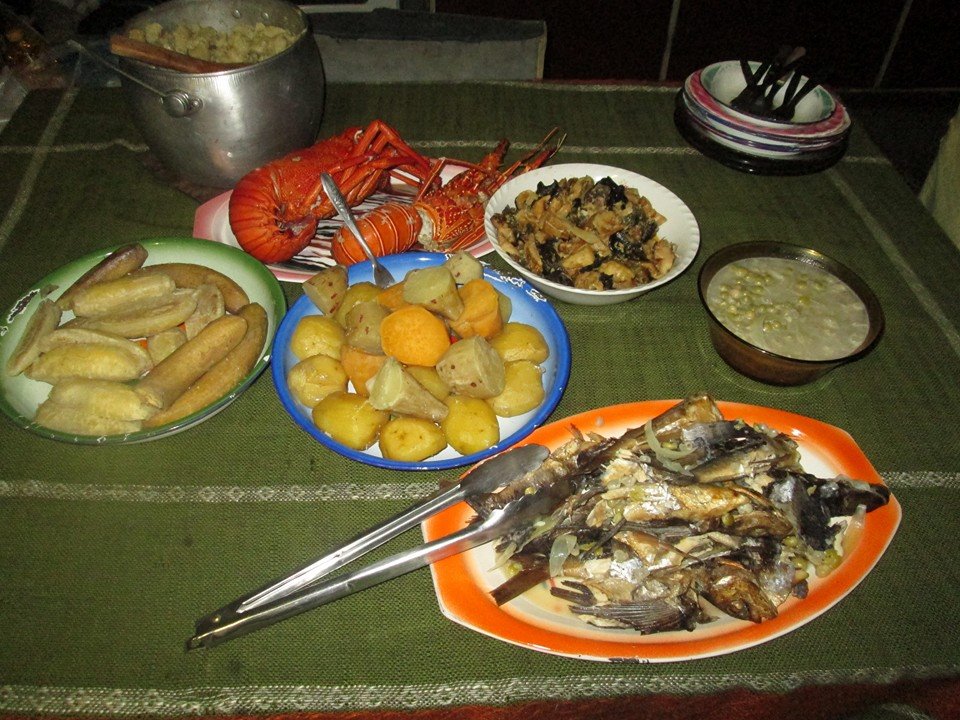Introduction: Papua New Guinean Cuisine
Papua New Guinea is a country located in the southwestern Pacific Ocean, comprising a group of islands with diverse cultures and traditions. The country’s cuisine reflects its diverse cultural heritage, with influences from Melanesian, Polynesian, and Asian cuisines. Papua New Guinean cuisine is characterized by the use of local ingredients, such as yams, taro, coconut, fish, and pork. The use of spices and herbs is also common in the country’s cuisine.
The Influences of Melanesian Cuisine
Melanesian cuisine has had a significant influence on Papua New Guinean cuisine. Melanesians were the first inhabitants of Papua New Guinea, and their cuisine is characterized by the use of root vegetables, such as taro, yams, and sweet potatoes. Grilled fish and seafood are also common in Melanesian cuisine. Melanesians use a variety of herbs and spices to flavor their dishes, such as ginger, garlic, and basil. Some popular Melanesian dishes in Papua New Guinea include kokoda, a raw fish salad marinated in coconut cream and lime juice, and mumu, a traditional feast where meat and vegetables are cooked in an underground oven.
The Influences of Polynesian Cuisine
Polynesian cuisine has also had a significant influence on Papua New Guinean cuisine. Polynesians migrated to Papua New Guinea from the Pacific Islands, bringing with them their culinary traditions. Polynesian cuisine is characterized by the use of tropical fruits, such as bananas, papayas, and pineapples. Grilled meat and fish are also common in Polynesian cuisine. Polynesians use a variety of herbs and spices to flavor their dishes, such as cinnamon, cloves, and nutmeg. Some popular Polynesian dishes in Papua New Guinea include lu, a dish made with taro leaves, coconut cream, and meat, and umu, a traditional feast where meat and vegetables are cooked in an underground oven.
The Influences of Asian Cuisine
Asian cuisine has also had a significant influence on Papua New Guinean cuisine. Asian traders and immigrants brought their culinary traditions to Papua New Guinea, introducing ingredients such as rice, noodles, and soy sauce. Asian cuisine is characterized by the use of vegetables, seafood, and meat, and the use of spices and herbs such as chili, ginger, and lemongrass. Some popular Asian dishes in Papua New Guinea include stir-fried noodles, fried rice, and curry dishes.
Fusion and Diversification of Papua New Guinean Cuisine
The influences of Melanesian, Polynesian, and Asian cuisines have led to the fusion and diversification of Papua New Guinean cuisine. Traditional dishes have been adapted to include new ingredients and flavors, creating a unique culinary experience. For example, coconut milk is a common ingredient in many Papua New Guinean dishes, including curries and stews, and is often used to replace dairy milk. The use of spices and herbs has also been influenced by the different culinary traditions, with dishes such as fish curry and coconut chicken soup incorporating both Asian and Melanesian flavors.
Conclusion: The Richness of Papua New Guinean Cuisine
Papua New Guinean cuisine is a reflection of the country’s diverse cultural heritage. The influences of Melanesian, Polynesian, and Asian cuisines have created a rich culinary experience, with unique dishes and flavors. From the use of local ingredients to the incorporation of new flavors and spices, Papua New Guinean cuisine is a fusion of tradition and innovation, representing the country’s rich culinary heritage.


